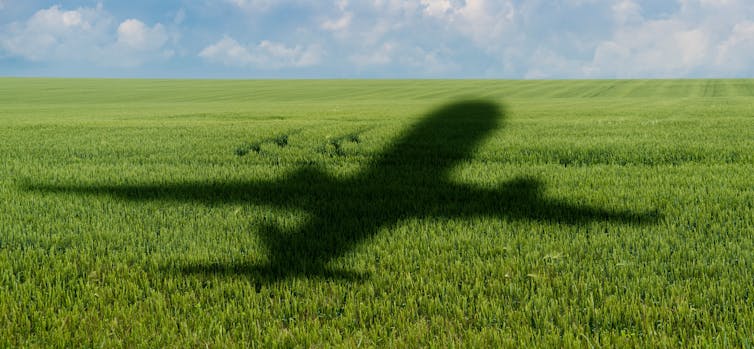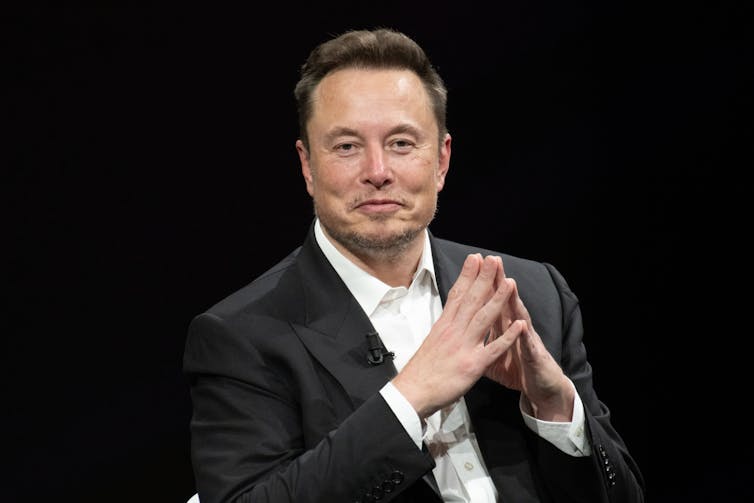
Nicholas Beuret, University of Essex
Climate change is overwhelmingly a problem of wealthy people. The wealthiest 1% of humanity produce over 1,000 times the emissions of the poorest 1%. In fact, these 77 million people are responsible for more climate-changing emissions than the poorest 66% (5 billion people) of humanity.
Since 1990, the personal emissions of the world’s wealthiest have exploded. They are now 77 times larger than the level that would be compatible with a 1.5°C warming limit – a threshold beyond which whole island nations will possibly disappear.
If we are to keep future climate change to under 2°C then we must find a way to massively reduce economic inequality and redistribute both economic power and wealth.
Oxfam and the Stockholm Environment Institute have recently set out the scale of global carbon inequality. Carbon inequality is a measure of the difference in carbon pollution across society. It measures the degree to which someone is responsible for generating climate change through their consumption and control over social and economic resources.
The report sets out the vast scale of the disparity between the super-wealthy and the rest, arguing it would take approximately 1,500 years for someone in the bottom 99% to produce as much carbon as a single billionaire does in a year.
The great carbon divide
The wealthiest 10% of humanity are responsible for half of all emissions. And the poorest 50% are responsible for just 8% – a decrease of 2% from the previous report in 2019, meaning carbon inequality has worsened over the past four years.
Who are these super-polluters? The richest 1% are billionaires, millionaires and people earning over US$140,000 (£110,000). The threshold to join the rarefied club of the top 10% is US$41,000 (£32,000), including most of the middle class in wealthier countries.

Frederic Legrand – COMEO/Shutterstock
But these figures can be misleading. They don’t really tell us what the average person in these groups earns (the average person in the top 10% earns US$90,000 per year), nor do they tell us where they live or why their emissions are so high.
Most of the 10% live in a small number of countries – Australia, Canada, the EU, US, UK, Japan, Korea, New Zealand and China. One-third of the emissions of the richest 1% come from the US, while 40% from the richest 10% come from the US and the EU. Another 20% come from individuals in China and India.
But as stark are the inequalities within countries. In fact, over the past 30 years, there has been a major shift from carbon inequality primarily being a consequence of differences in emissions between countries (62% in 1990) to differences within countries (64% in 2019).
The wealthiest 10% in most countries now produce five times the emissions of the average person, and vastly more than the poorest. As inequality between countries has decreased (although it is still significant), inequality within them has increased.
What causes this extreme level of pollution?
Being rich is essentially about having more stuff in general, including bigger houses. For the remaining 10% this also holds true. For example, if SUVs had not become widely adopted largely as a status symbol for the global middle classes, emissions from transport would have fallen by 30% over the past ten years.
For the largest class of SUVs, six of the ten areas of the UK registering the most sales were affluent London boroughs like Kensington and Chelsea.
A similar pattern holds for air travel. The richest people in the UK produce more carbon emissions from air travel than the poorest do through every aspect of their lives.

Vadi Fuoco/Shutterstock
But the super-rich are responsible for climate change well beyond consumption-based emissions. The super-rich, by and large, run major companies, direct investments and shape national and international laws. They have an oversized and controlling impact on our media and public opinion, including through advertising and ownership of media outlets. And they directly shape policy through lobbying and paid-for influence.
While their money and power make them overwhelmingly responsible for climate change, they are also insulated from the worst impacts. They are less affected by increased food prices and climate disasters, can afford insurance and to move from one place to another, and have greater resources to draw on in times of crisis.
It is the poorest – those least responsible for climate changing emissions – who suffer the most. They suffer higher losses, live in the most impacted regions, and have little to no access to savings, public support or welfare when crisis strikes. They are also least able to exercise their rights as they are the least powerful and less well represented politically.
What can we do?
There are two things we can do to address global carbon inequity. The first is to institute wealth and income taxes to reduce damaging social inequality and the carbon pollution of the super rich.
Oxfam’s report found that a 60% tax on the richest 1% could cut the equivalent of the total emissions of the UK. We could go further still and introduce a progressive land and inheritance tax as well as introduce maximum wages in industries to further reduce inequality.
The second is to curb high-polluting forms of extreme consumption, from SUVs to short-haul air travel, as well as excessive meat and dairy consumption. For this to not be regressive, it would have to be accompanied by massive investment in public services and provisioning, as well as action on insulation and fuel poverty.
Ultimately it is not just the consumption of the super-rich that needs to be massively reduced. Control over major industries and sectors needs to be moved out of private hands into public ownership. An economy run for the benefit of a wealthy minority will never be socially or environmentally just.
In order to close the great carbon divide we must transform private excess into public control and wealth.

Don’t have time to read about climate change as much as you’d like?
Get a weekly roundup in your inbox instead. Every Wednesday, The Conversation’s environment editor writes Imagine, a short email that goes a little deeper into just one climate issue. Join the 20,000+ readers who’ve subscribed so far.![]()
Nicholas Beuret, Lecturer in Management and Ecological Sustainability, University of Essex
This article is republished from The Conversation under a Creative Commons license. Read the original article.







